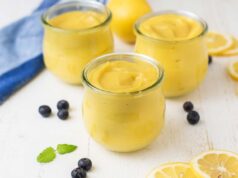
Food hydrocolloids are fascinating substances that play a pivotal role in the culinary world. At their core, they are large molecules that can attract and hold onto water. This ability makes them invaluable in the kitchen, especially when it comes to manipulating the texture and consistency of dishes. From the creaminess of a panna cotta to the jiggly nature of a jelly, hydrocolloids are the unsung heroes behind many culinary masterpieces.
Their importance extends beyond just thickening; they also act as stabilizers, ensuring that ingredients don’t separate and that the final product has a consistent texture throughout.
In this section, we’ll delve deep into the world of food hydrocolloids, exploring their role in enhancing the texture and mouthfeel of dishes.
Common Types of Food Hydrocolloids
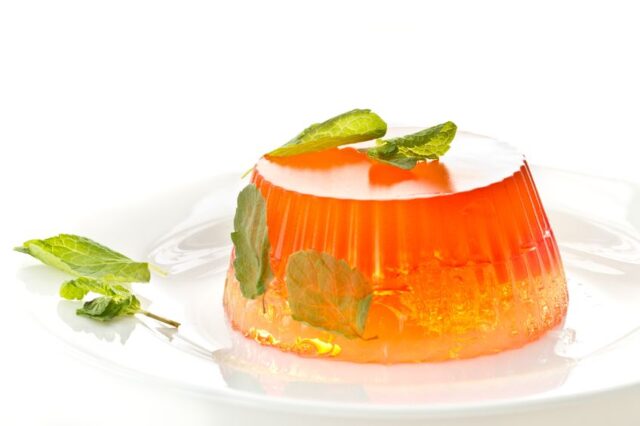
Hydrocolloids are a diverse group, with each member bringing its unique properties to the table. Some of the most popular ones include:
Gelatin: Derived from animal collagen, gelatin is a favorite in desserts like marshmallows and jellies.
Agar-agar: A plant-based alternative to gelatin, it’s extracted from seaweed and is popular in vegan dishes.
Pectin: Found in fruits, it’s the reason behind the set of jams and jellies.
Carrageenan: Another seaweed extract, it’s often used in dairy products for its thickening and stabilizing properties.
Xanthan gum: Produced by bacteria, it’s a versatile hydrocolloid used in everything from salad dressings to ice creams.
Food hydrocolloids have unique functionality. For instance, while gelatin provides a melt-in-the-mouth texture, xanthan gum can produce a creamy consistency without any change in flavor. The choice of hydrocolloid often depends on the desired outcome, and many dishes use a combination to achieve the perfect texture.
Thickening Power of Hydrocolloids
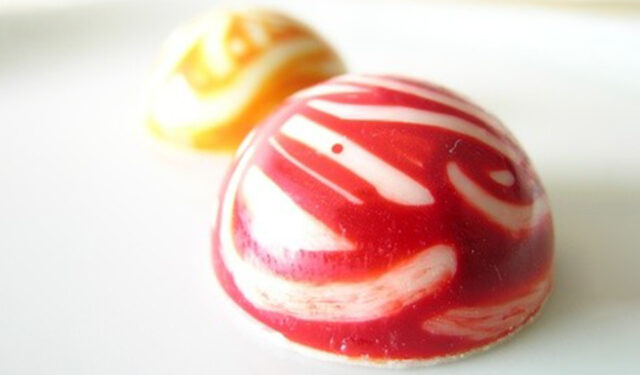
One of the primary roles of hydrocolloids in the kitchen is to thicken liquids. When added to a liquid, hydrocolloids increase its viscosity, turning it into a gel-like consistency. This thickening power is different from traditional starch-based thickeners, which work by swelling in the presence of heat and water.
Hydrocolloids can thicken without the need for heat, and their effects can be more pronounced and long-lasting. Whether you’re looking to thicken a sauce, soup, or beverage, understanding the properties of each hydrocolloid can help you choose the right one for the job.
Stabilizing Properties
Beyond thickening, hydrocolloids are also excellent stabilizers. They can prevent the separation of ingredients in a mixture, ensuring a uniform consistency. This is particularly important in products like salad dressings, where oil and water components can separate.
Hydrocolloids ensure that these ingredients remain mixed, providing a consistent flavor and texture throughout. They also play a crucial role in preventing phase changes, ensuring that a product remains stable throughout its shelf life.
Enhancing Texture and Mouthfeel
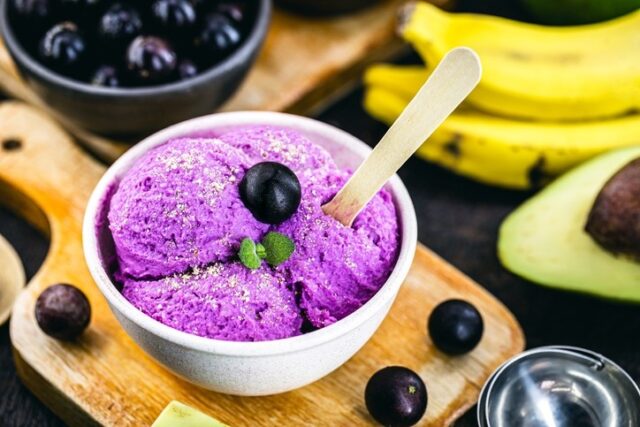
Hydrocolloids are not just functional ingredients; they also play a significant role in the sensory experience of food. They can transform the texture of a dish, making it creamier, smoother, or even jellied.
Their influence extends to factors like elasticity, where they can turn a liquid into a bouncy gel, or creaminess, where they can make a sauce velvety smooth. Understanding the properties of each hydrocolloid can help chefs and food manufacturers tailor the texture of their products to the desired outcome.
Applications in Culinary Creations
The versatility of hydrocolloids is evident in their wide range of applications. They can be found in both sweet and savory dishes, from sauces and soups to desserts and ice creams. For instance, agar-agar might be used to set a vegan jelly, while xanthan gum could be used to thicken a gluten-free sauce.
Their versatility also extends to innovative culinary creations, where they can be used to create foams, gels, and other unique textures.
Impact on Food Industry
In the commercial food production sector, hydrocolloids are invaluable. They offer benefits like extending shelf life, maintaining product quality, and ensuring consistency across batches. Many products, from yogurts to beverages, rely on hydrocolloids to maintain their texture, consistency, and overall quality.
Natural vs. Modified Hydrocolloids

As consumers become more health-conscious, there’s a growing demand for natural ingredients. This has led to a differentiation between natural hydrocolloids, like agar and pectin, and chemically modified ones, like modified starches.
While natural hydrocolloids are often preferred for their clean label appeal, modified hydrocolloids can offer enhanced functionality. It’s a delicate balance between providing the desired functionality and meeting consumer demands for natural ingredients.
Hydrocolloids in Molecular Gastronomy
The world of modernist cuisine has embraced hydrocolloids wholeheartedly. Chefs use them to create unique textures, foams, and even spheres that burst in the mouth.
Renowned chefs like Ferran Adrià and Heston Blumenthal have showcased the potential of hydrocolloids in creating dishes that are not only delicious but also visually stunning.
Dos and Don’ts of Hydrocolloid Usage
Using hydrocolloids requires precision. It’s essential to understand the proper usage and dosage to achieve the desired results. Common mistakes include using too much, leading to an overly thick or gelled product, or not mixing them properly, resulting in a lumpy texture. It’s crucial to follow recipes and experiment cautiously to achieve the best results.
Overcoming Culinary Challenges
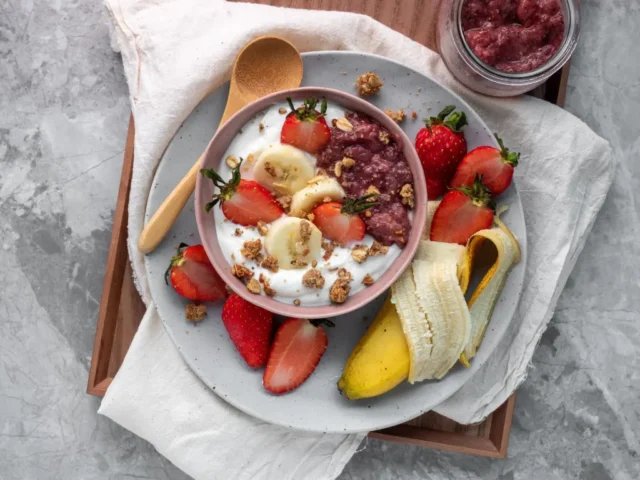
Like any ingredient, hydrocolloids come with their challenges. Issues like over-gelling, incorrect ratios, or inconsistent results can arise. However, with a deep understanding of each hydrocolloid’s properties and some troubleshooting, these challenges can be overcome. Tips include adjusting the pH, using a combination of hydrocolloids, or changing the order of addition.
Future Trends in Hydrocolloid Usage
The world of hydrocolloids is ever-evolving. As research continues, we can expect to see new innovations and applications. With the rise of plant-based and sustainable foods, hydrocolloids will play a pivotal role in creating products that not only taste good but are also good for the planet.
Bottom Line
In conclusion, hydrocolloids are a testament to the magic of food science. They showcase how, with a little knowledge and creativity, we can transform everyday ingredients into culinary masterpieces. Whether you’re a home cook or a professional chef, understanding hydrocolloids can elevate your dishes to new heights.



